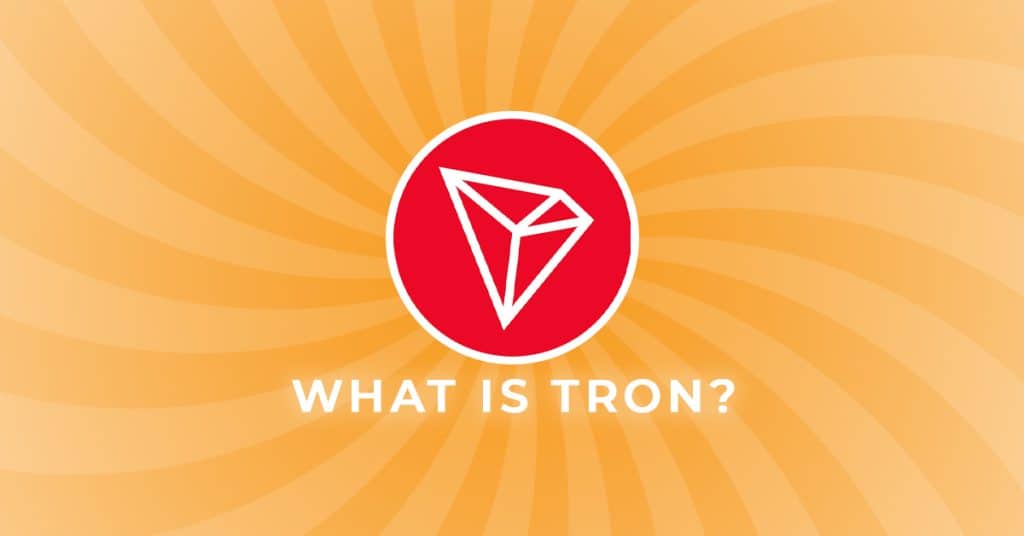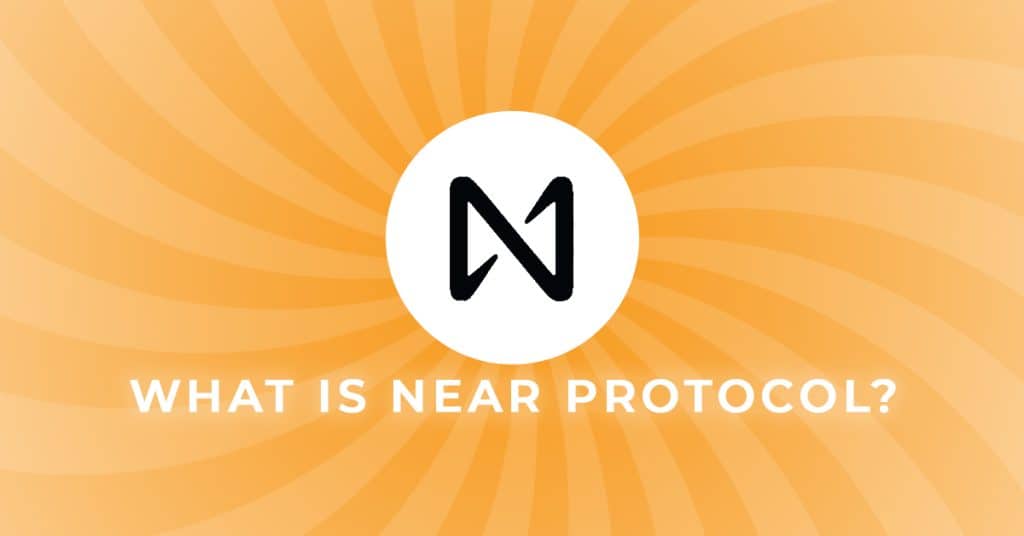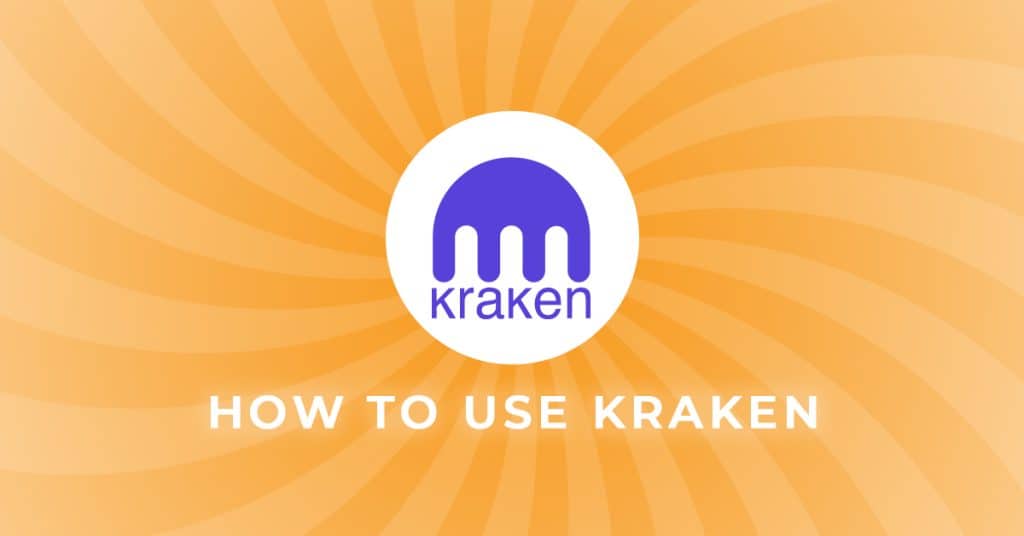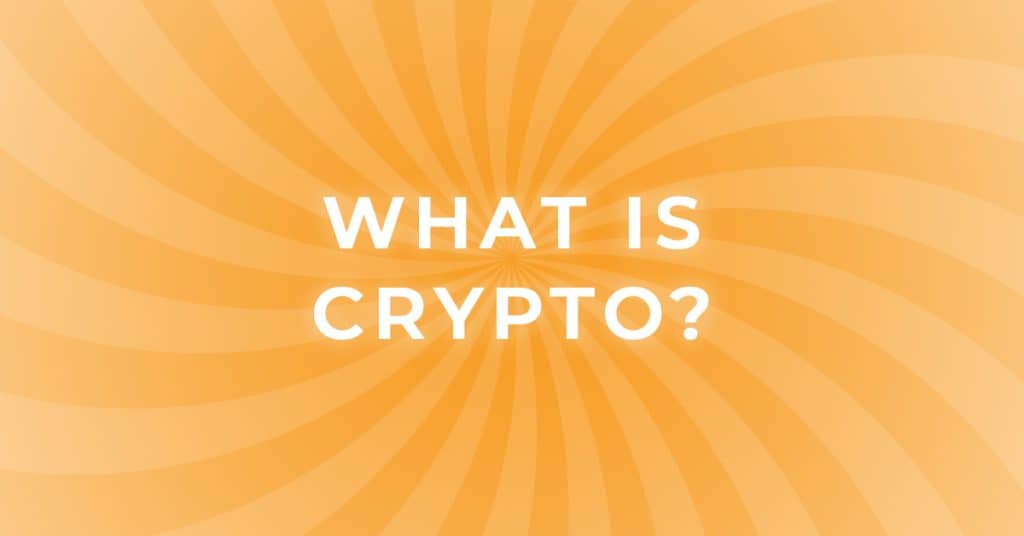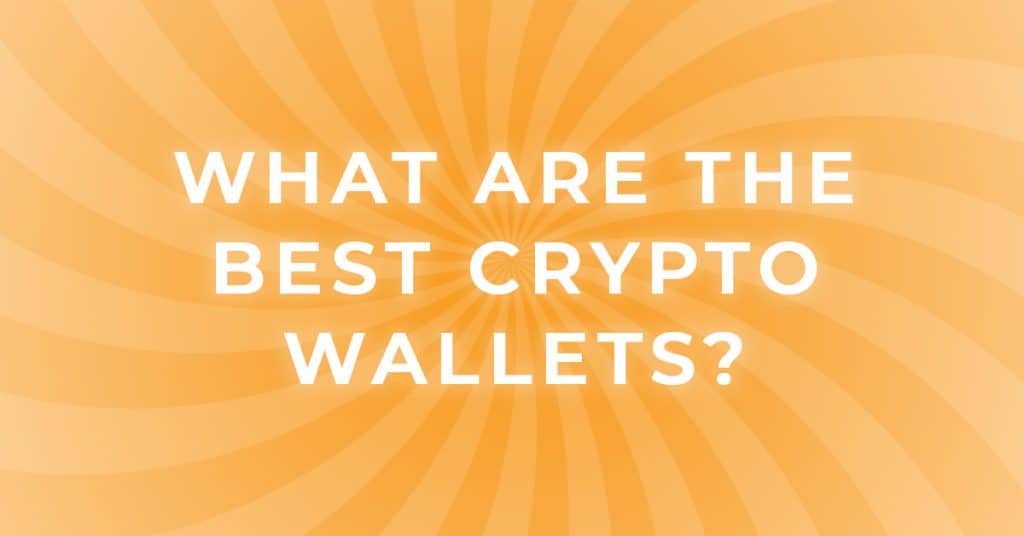What is Litecoin? Litecoin Explained for Beginners
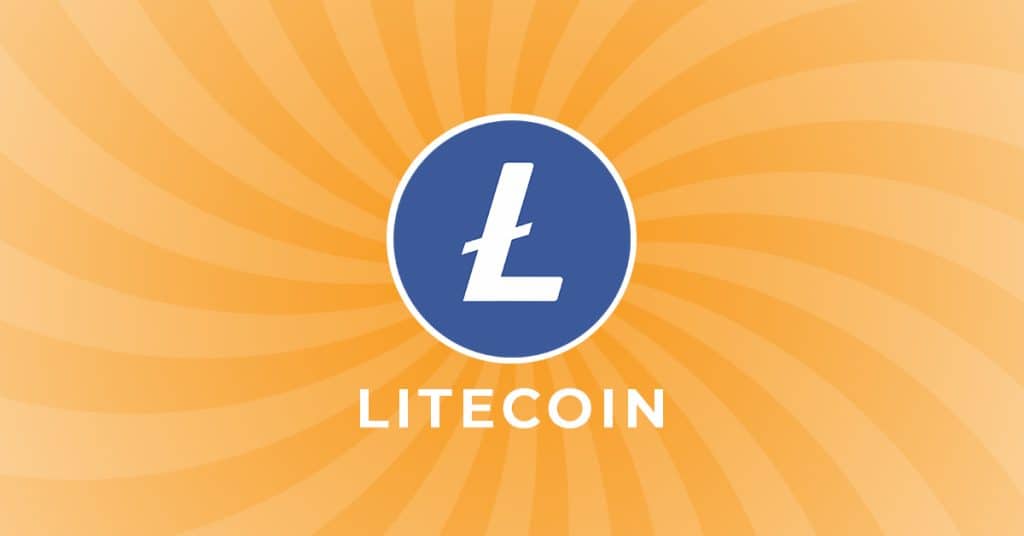
Litecoin is considered by many as the first successful coin that followed Bitcoin.
What is Litecoin?
Litecoin (LTC) launched in 2011 by its founder Charlie Lee, a computer scientist and US Massachusetts Institute of Technology (MIT) graduate. Lee became interested in Bitcoin in 2011, having been working for a decade at Google writing code for Chrome OS. Litecoin is an open source, global payments network that’s fully decentralized. Based largely on Bitcoin’s code, Litecoin differentiates itself by being a faster and cheaper alternative. Its technology enables new blocks to be created on the blockchain in a much shorter time, making it more appealing to merchants. Instead of Litecoin competing with Bitcoin, Lee had intended for Litecoin to support the smaller transactions. After a stint at Coinbase from 2013-2017 as their director of engineering, Lee left to pursue Litecoin’s development full-time. Together with the Litecoin Foundation, they are working to increase adoption and usage of the network.
What’s The Difference Between Litecoin & Bitcoin?
As Litecoin derives mostly from Bitcoin’s code, it also uses proof-of-work (PoW) mining to add new blocks to its blockchain. But unlike Bitcoin, new Litecoin blocks are added to its blockchain roughly every 2.5 minutes, as opposed to 10 minutes on the Bitcoin network. The other significant difference between these two networks is that Litecoin instead uses a Scrypt hashing program, as opposed to Bitcoin’s SHA-256 hashing algorithm. The Scrypt hashing is a password-key derivation function that was developed to be more secure against hardware attacks from specialized mining equipment such as application-specific circuits (ASICs). As well as being faster than Bitcoin, Litecoin also has a much larger total supply of coins of 84 million – 4x that of Bitcoin. There was a time when Litecoin was talked about as the digital silver to Bitcoin’s digital gold and there was a big emphasis on the faster speed and lower fees of Litecoin with the idea that Litecoin worked better as a payments coin compared to Bitcoin. However the rise of the Bitcoin lightning network and stablecoin transfers on networks like Polygon with sub penny fees have eroded this narrative over time.
Important Upgrades to Litecoin
Litecoin has undergone a couple of upgrades over the years to help with scaling the network:
1. Soft Fork – Segregated Witness (GegWit)
One of the first features implemented on the Litecoin blockchain was the soft fork change, Segregated Witness (SegWit). Litecoin implemented SegWit in early 2017, ahead of it being released on the Bitcoin network, and is a change to the transaction format. It was an idea originally designed to be the solution to bitcoin’s scalability issues and works by splitting the transaction into two segments. The original data segment (sender and receiver data) would be processed as normal, but the “witness” segment would, in effect, be processed as a quarter of its real size. Like SegWit, the Lightning network was also first deployed on Litecoin, which many used to test its capabilities in a live environment. The adoption of Lightning has been slow on Litecoin compared to Bitcoin, but this is likely due to its already low transaction fees.
2. MimbleWimble
Litecoin implemented the MimbleWimble upgrade in January 2022, after years in the making. The MimbleWimble protocol compacts transaction history to make the data more manageable and quicker to process. In November 2021, Litecoin debuted their Litecoin card in partnership with Visa and powered by Unbanked, allowing customers to transact their LTC.

